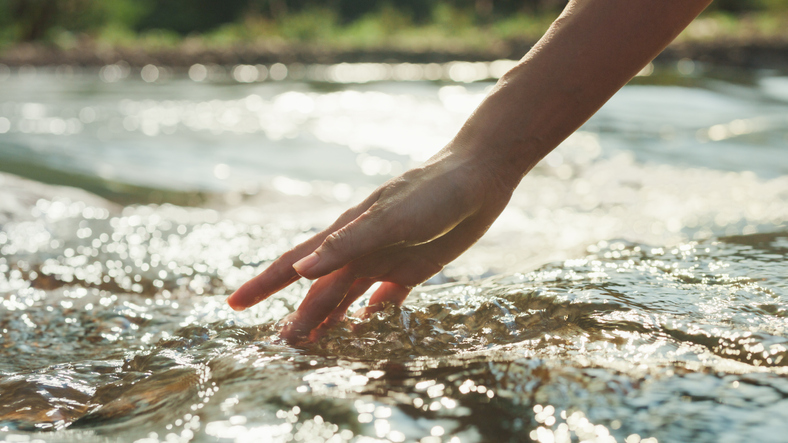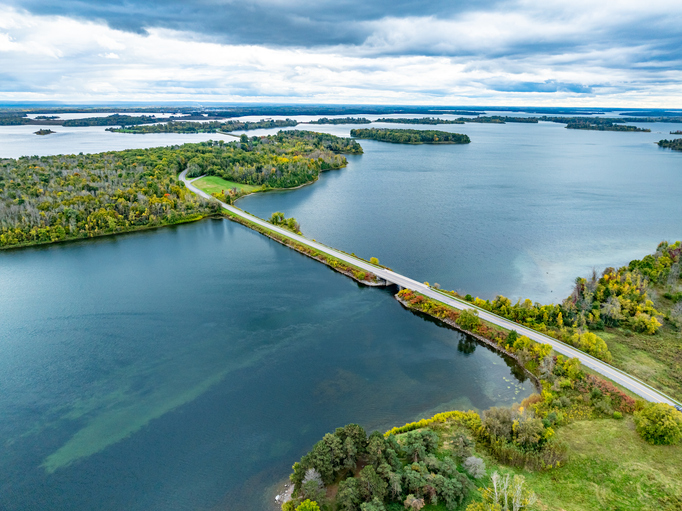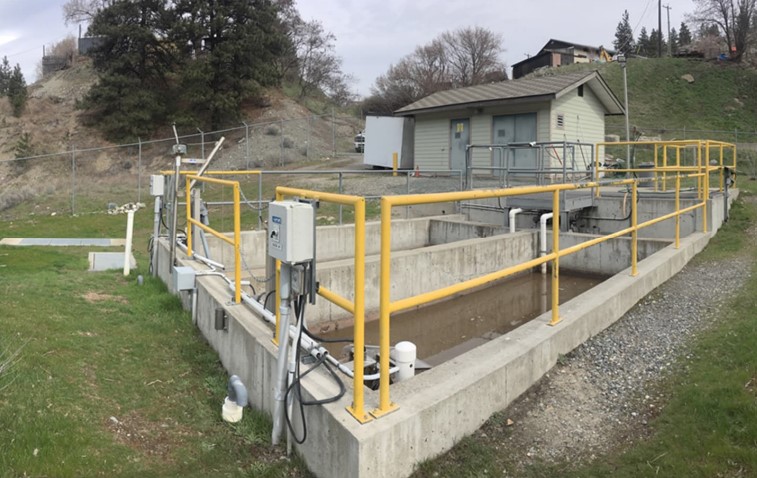The Province of British Columbia, in collaboration with partner First Nations, has protected 1,450 hectares of critical ecosystems in the Great Bear Sea.
“The Great Bear Sea is home to some of the richest ecosystems in the world, and together with First Nations, we’re conserving these important areas that support biodiversity, community well-being and economic prosperity for coastal communities,” said Randene Neill, Minister of Water, Land and Resource Stewardship. “In doing so, we continue our partnership with nature. I thank the Gitga’at First Nation and Gitxaała Nation for their efforts in making co-governance possible.”
This newest wildlife management area (WMA) covers the north coast’s Kishkosh and Kitkiata inlets, southeast of Prince Rupert. It includes habitat for humpback whales, wild salmon and overwintering and migratory seabirds and shorebirds, as well as eelgrass meadows and kelp beds that help support these key species. The area also includes ecologically and culturally important sites and supports food security for First Nations and coastal communities, as the inlets are also home to groundfish, bivalves, crabs and prawns.
“The Marine Protected Area Network is designed for and by the people of the coast to protect and conserve these important resources to grow our local economies, enhance culture and biodiversity, and develop the tools to become more self-reliant,” said Christine Smith Martin, CEO, Coastal First Nations-Great Bear Initiative. “Coastal First Nations-Great Bear Initiative is honoured to support its member Nations in the establishment of their marine protected areas. These marine protected areas are integral to advancing a healthy and sustainable future for the coast, including abundant fisheries and healthy marine ecosystems that support the needs of all British Columbians.”
The WMA advances progress of B.C.’s first Coastal Marine Strategy, released in July 2024, and fulfils a recommendation from the 2023 Marine Protected Area Network Action Plan for the Great Bear Sea. Endorsed by 15 First Nations, Canada and the Province, the action plan recommended conservation objectives for marine protected areas in the Northern Shelf Bioregion and links together efforts to manage biodiverse environments from northern Vancouver Island to the southern Alaska border.
Next steps for the partner First Nations and the Province include co-developing a management plan for the WMA. Together, they will manage the area collaboratively and work to maintain the conservation objectives for the area, while balancing commercial and public use. Further public and stakeholder engagement is anticipated during the management planning phase.












